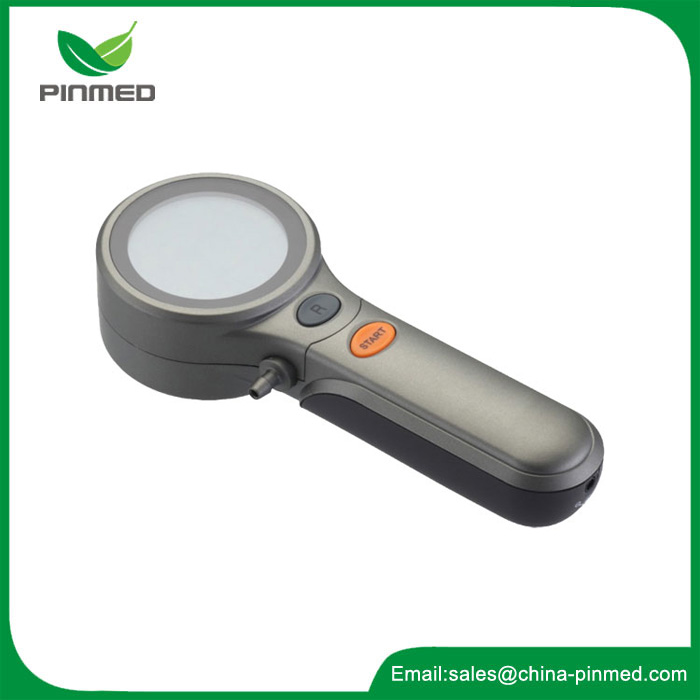How to test blood pressure monitor at home?
2023-10-18
Testing your blood pressure monitor at home can help ensure its accuracy and reliability. Here are the steps to test your blood pressure monitor:
1. Check the Device: Before testing, ensure that your blood pressure monitor is in good working condition. Check for any visible damage, loose connections, or signs of wear. Make sure the cuff is intact and properly attached to the monitor.
2. Calibration: Some blood pressure monitors may require calibration to ensure accurate readings. Refer to the manufacturer's instructions for specific calibration procedures, if applicable.
3. Prepare for Testing: Find a quiet and comfortable place to sit and relax for a few minutes before taking your blood pressure. Avoid any strenuous activity or consuming caffeine or nicotine for at least 30 minutes before the test, as these factors can temporarily affect your blood pressure.
4. Proper Positioning: Sit upright with your feet flat on the floor and your back supported. Rest your arm on a flat surface, such as a table, at heart level. Ensure that the cuff is positioned correctly on your upper arm, aligning with the brachial artery.
5. Follow Instructions: Follow the instructions provided by the manufacturer for operating your specific blood pressure monitor. This typically involves wrapping the cuff snugly around your upper arm, pressing the start button, and remaining still during the measurement.
6. Take Multiple Readings: To ensure accuracy, it's recommended to take multiple readings and record the results. Wait a few minutes between each measurement to allow your blood vessels to relax. Take at least two or three readings, and calculate the average for a more reliable result.
7. Compare with a Manual Measurement: If possible, compare your blood pressure monitor readings with a manual measurement taken by a healthcare professional. This can help verify the accuracy of your device.
8. Monitor Maintenance: Regularly check and maintain your blood pressure monitor as per the manufacturer's guidelines. This may involve cleaning the cuff, ensuring proper storage, and replacing batteries or other components as needed.
Remember, home blood pressure monitors may have slight variations in readings compared to those taken by healthcare professionals. It's essential to consult with your healthcare provider if you have concerns about the accuracy or consistency of your blood pressure monitor readings.
Additionally, periodic calibration or servicing of your blood pressure monitor may be recommended to ensure accurate readings. Refer to the manufacturer's instructions or contact their customer support for guidance on servicing or recalibrating your specific device.



